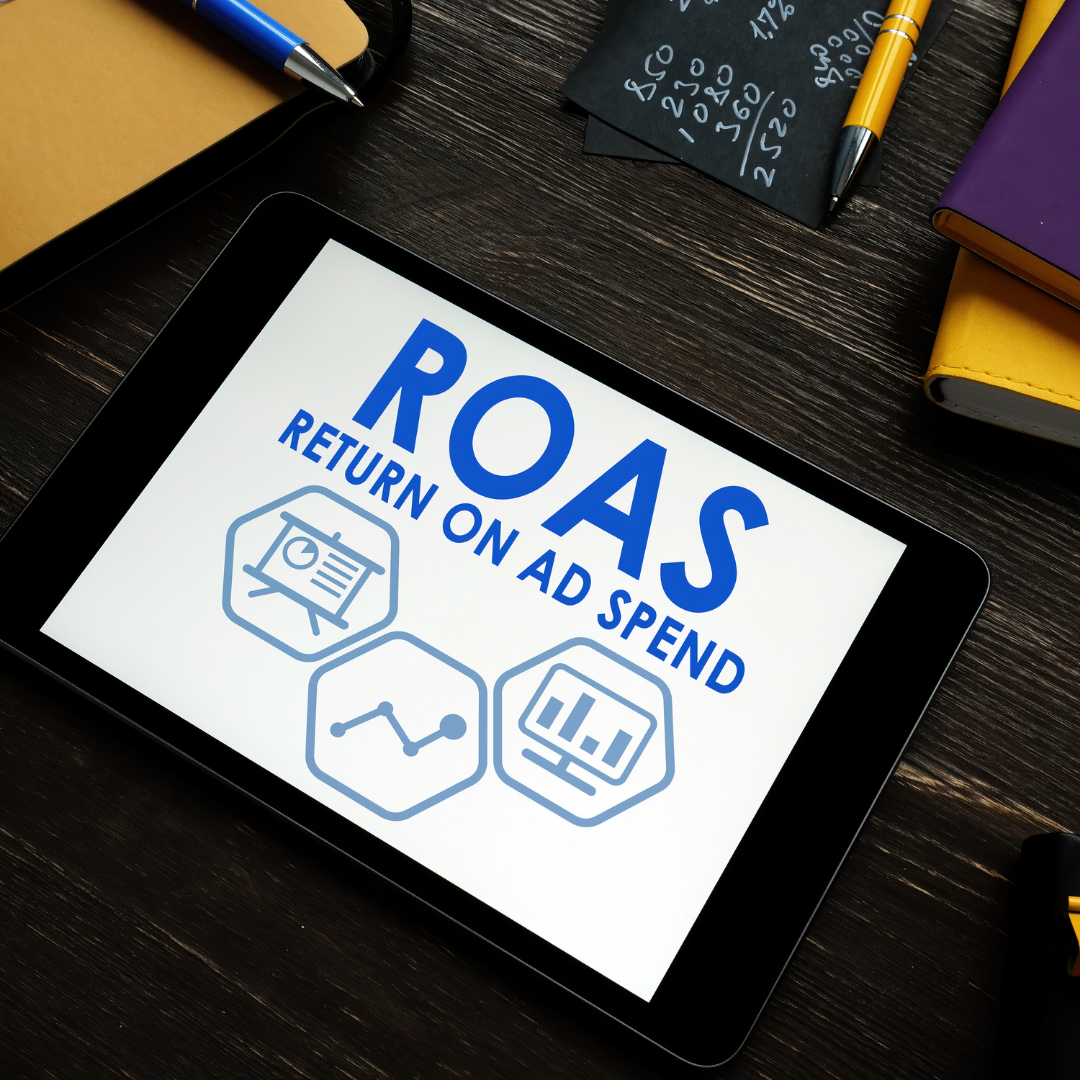You’re spending money on ads—but are they actually making you money? That’s where ROAS (Return on Ad Spend) comes in. It’s one of the most important metrics to track, yet so many business owners either ignore it or misunderstand what a good ROAS looks like.
Let’s simplify it: ROAS tells you how much you’re earning for every $1 spent on ads. And once you know your numbers, you can start optimizing your campaigns for better results—this month, not someday.
Here’s what you need to know.
What’s Considered a “Good” ROAS?
There’s no one-size-fits-all answer, but here’s a quick breakdown:
✔ 3:1 ROAS (or 300%) – This is a solid benchmark for many industries. For every $1 you spend, you’re making $3.
✔ 4:1 and up – Great performance, especially if you’re scaling.
✔ 2:1 or lower – Not ideal unless you’re in brand awareness mode or working with slim margins.
Keep in mind: service-based businesses often need a higher ROAS because fulfillment costs are higher, while digital products can profit with lower ratios.
1. Audit Your Funnel Before You Touch the Ads
You can’t fix a leaky funnel by pouring more money into it. If people are clicking but not converting, the issue might not be the ad—it’s what happens after the click.
✔ Check your landing page: is it clear, fast-loading, and aligned with the ad message?
✔ Are you capturing leads effectively with a strong CTA and opt-in?
✔ Is your follow-up sequence doing the heavy lifting?
Tighten up the back end and your ROAS will naturally improve—even with the same ad spend.
2. Improve Your Targeting (Because Reach Doesn’t Equal Results)
More eyeballs don’t guarantee more sales. You want the right people seeing your offer.
✔ Use custom audiences, interest-based targeting, or upload your own list for lookalikes
✔ Exclude irrelevant segments—this avoids wasting spend
✔ Retarget warm leads who already visited your site or engaged with previous content
The sharper your targeting, the better your ROAS. Focus beats volume every time.
3. Test Creative and Copy Regularly
Even the best ads get stale. If your performance is flatlining, it’s probably time to test new creatives.
✔ Try multiple ad variations with different hooks, images, or formats (carousel, reels, UGC-style)
✔ Speak directly to pain points and outcomes—what does your audience really want?
✔ Let the data guide you—cut what doesn’t convert and scale what does
Fresh creatives keep engagement high and help prevent “ad fatigue.”
4. Track the Right Metrics—Not Just Clicks
It’s easy to obsess over click-through rates, but what really matters is conversion and profitability.
✔ Track cost per lead (CPL), cost per acquisition (CPA), and customer lifetime value (CLV)
✔ Set up proper tracking with UTM parameters and conversion events
✔ Monitor ROAS per campaign, not just overall
When you understand where your ROI is actually coming from, you can double down where it counts.
Final Thoughts: ROAS Isn’t Just a Number—It’s a Strategy
You don’t need to guess whether your ads are working. With the right strategy and structure, improving ROAS becomes a game of optimization—not luck. Small tweaks to your targeting, messaging, or funnel can make a huge impact in just 30 days.
Want help analyzing your current ROAS or scaling your best campaigns?
At LGCY Marketing, we help small businesses turn ad spend into scalable, trackable revenue.
Let’s get your ads performing at their best. 🚀





